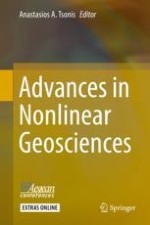2018 | OriginalPaper | Buchkapitel
Topological Data Analysis: Developments and Applications
verfasst von : Francis C. Motta
Erschienen in: Advances in Nonlinear Geosciences
Aktivieren Sie unsere intelligente Suche, um passende Fachinhalte oder Patente zu finden.
Wählen Sie Textabschnitte aus um mit Künstlicher Intelligenz passenden Patente zu finden. powered by
Markieren Sie Textabschnitte, um KI-gestützt weitere passende Inhalte zu finden. powered by
